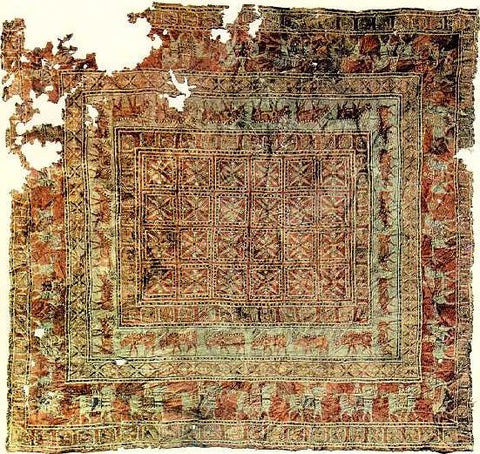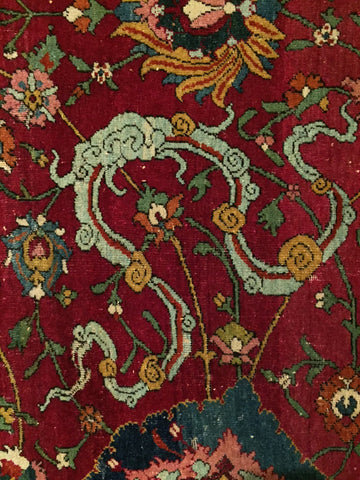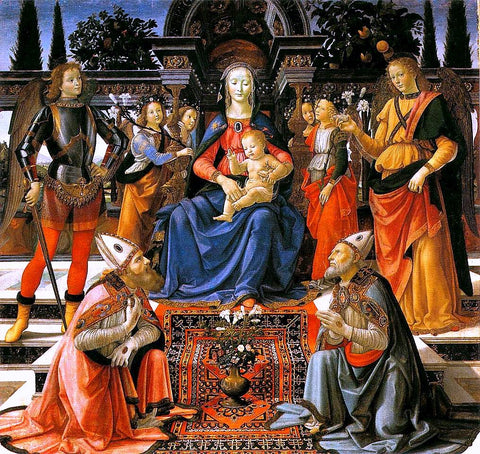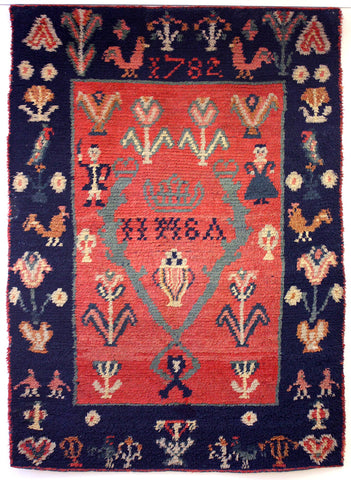-
Shop
-
Learn to make
- Help Center
-
About
- Tuft in Residence
- Reflect Rewards
- Custom rugs
-
May 08, 2018


Detail of a Persian Animal Carpet, Safavid Period, Persia, 16th Century >

< Bakhtiari Girl Hand-Tufting a Traditional Persian Rug


